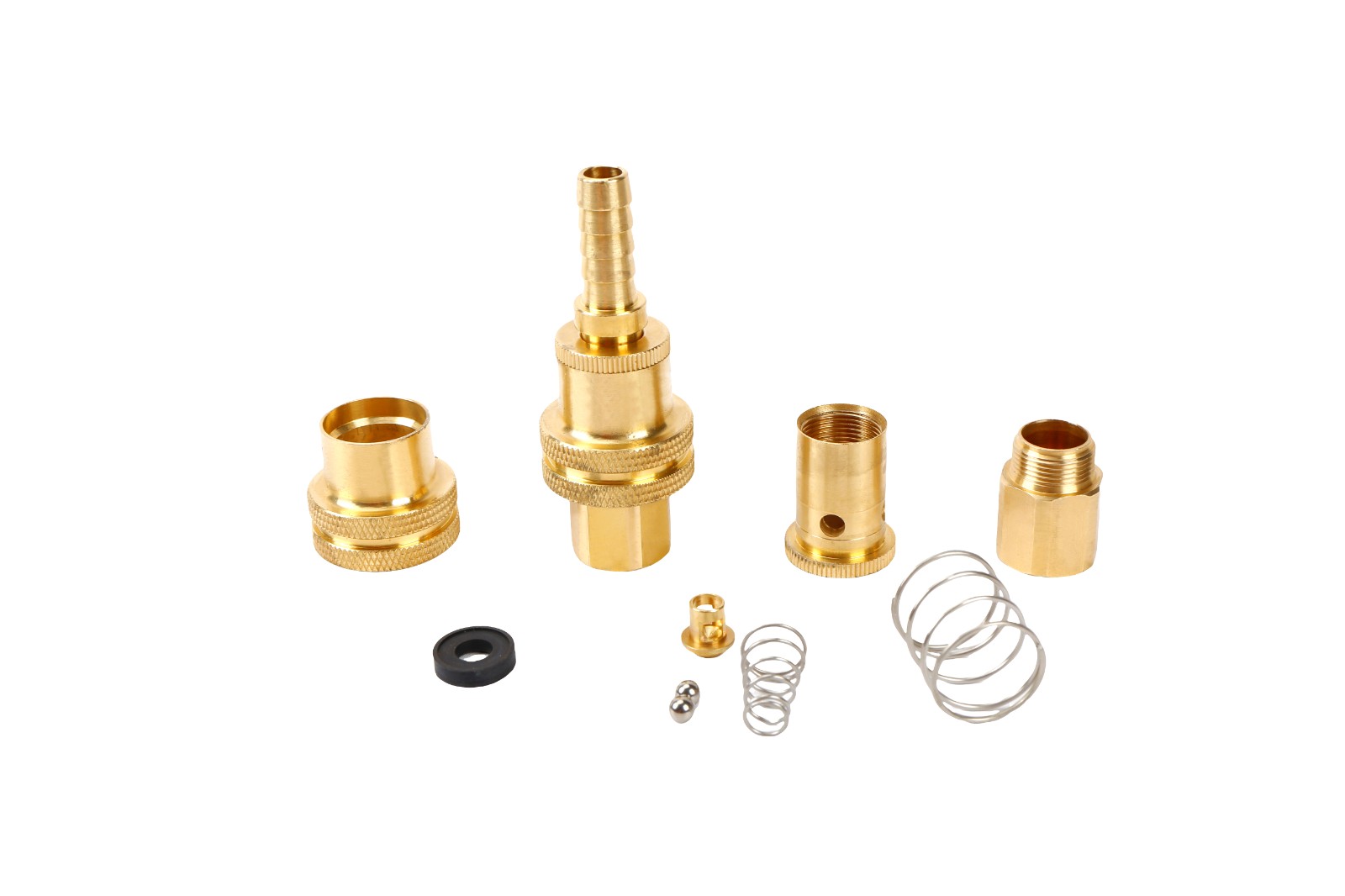
1. Turning
Turning is mainly due to the rotation of the workpiece, and the workpiece is cut into the required shape by the turning tool. When the tool moves along the parallel axis of rotation, inner and outer cylindrical surfaces can be obtained. The formation of the cone surface is that the tool moves along the oblique line intersecting the axis. The surface of revolution is formed on a profiling lathe or a CNC lathe, and the tool is controlled to feed along a curve. Another kind of production of rotating curved surface is to use forming turning tool and transverse feed. In addition to processing threaded surfaces, end planes and eccentric shafts, etc., can also be processed by turning.
The production efficiency of turning is higher, the cutting process is relatively stable, and the cutting tools are relatively simple.
2. Milling
Machining mainly depends on the rotation of the tool. Milling is divided into horizontal milling and vertical milling.
The plane of horizontal milling is formed by the edge on the outer surface of the milling cutter.
End milling is formed by the face edge of a milling cutter.
To obtain higher cutting speed and increase productivity, the rotational speed of the milling cutter can be increased. However, due to the cutting in and out of the milling cutter teeth, the impact is formed, and the cutting process is prone to vibration, which limits the improvement of the surface quality.
3. Planing
Planing is mainly to cut the workpiece by the reciprocating linear motion of the tool. Therefore, the speed of planing is relatively low, and thus the productivity is low. However, the accuracy and surface roughness of planing are more stable than that of milling.
4. Grinding
Grinding mainly relies on the grinding wheel and abrasive tool to process the workpiece, relying on the rotation of the grinding wheel. When the grinding wheel is grinding, the abrasive grains on the grinding wheel mainly perform three functions of cutting, engraving and sliding on the surface of the workpiece. The abrasive grain itself is gradually blunted from sharp, which makes the cutting effect worse and the cutting force becomes larger. Therefore, after grinding for a certain period of time, it is necessary to use a diamond turning tool to dress the grinding wheel.
5. Drilling and boring
On a drill press, drilling a hole with a drill bit is the most common method of hole making. The machining accuracy of drilling is low, generally only up to IT10, and the surface roughness is generally 12.5-6.3μm. After drilling, reaming and reaming are often used for semi-finishing and finishing. A reaming drill is used for reaming, and a reamer is used for reaming. The machining accuracy of reaming is generally IT9-IT6, and the surface roughness is Ra1.6-0.4μm. When reaming and reaming, the drill bit and reamer generally follow the axis of the original bottom hole, which cannot improve the position accuracy of the hole. Boring corrects the position of the hole. Boring can be done on a boring machine or a lathe. When boring a hole on a boring machine, the boring tool is basically the same as the turning tool, the difference is that the workpiece does not move and the boring tool rotates. The boring machining accuracy is generally IT9--IT7, and the surface roughness is Ra6.3-0.8mm.
6. Tooth surface processing
The machining methods of gear tooth surface can be divided into two categories: forming method and generating method.
The machine tool used to process the tooth surface by the forming method is generally an ordinary milling machine, and the forming milling cutter requires two simple forming movements: the rotational movement and the linear movement of the tool.
Commonly used machine tools for generating tooth surfaces include gear hobbing machines and gear shaping machines.
7. CNC linkage machining of complex curved surfaces
For the processing of complex curved surfaces, CNC machine tools come in handy. The cutting process of three-dimensional curved surface mainly adopts the methods of profiling milling and CNC milling or special processing methods. Copy milling must have a prototype as a model. During processing, the profiling head of the ball head has been in contact with the prototype surface with a certain pressure. The movement of the profiling head is transformed into inductance, and the processing is enlarged to control the movement of the three axes of the milling machine, forming the trajectory of the cutter head along the curved surface. The milling cutter mostly adopts a ball end milling cutter with the same radius as the profiling head. The emergence of numerical control technology provides a more effective method for surface processing.

Copyright © 2025 Dongguan Yifeng Metal Co., Ltd. | All Rights Reserved